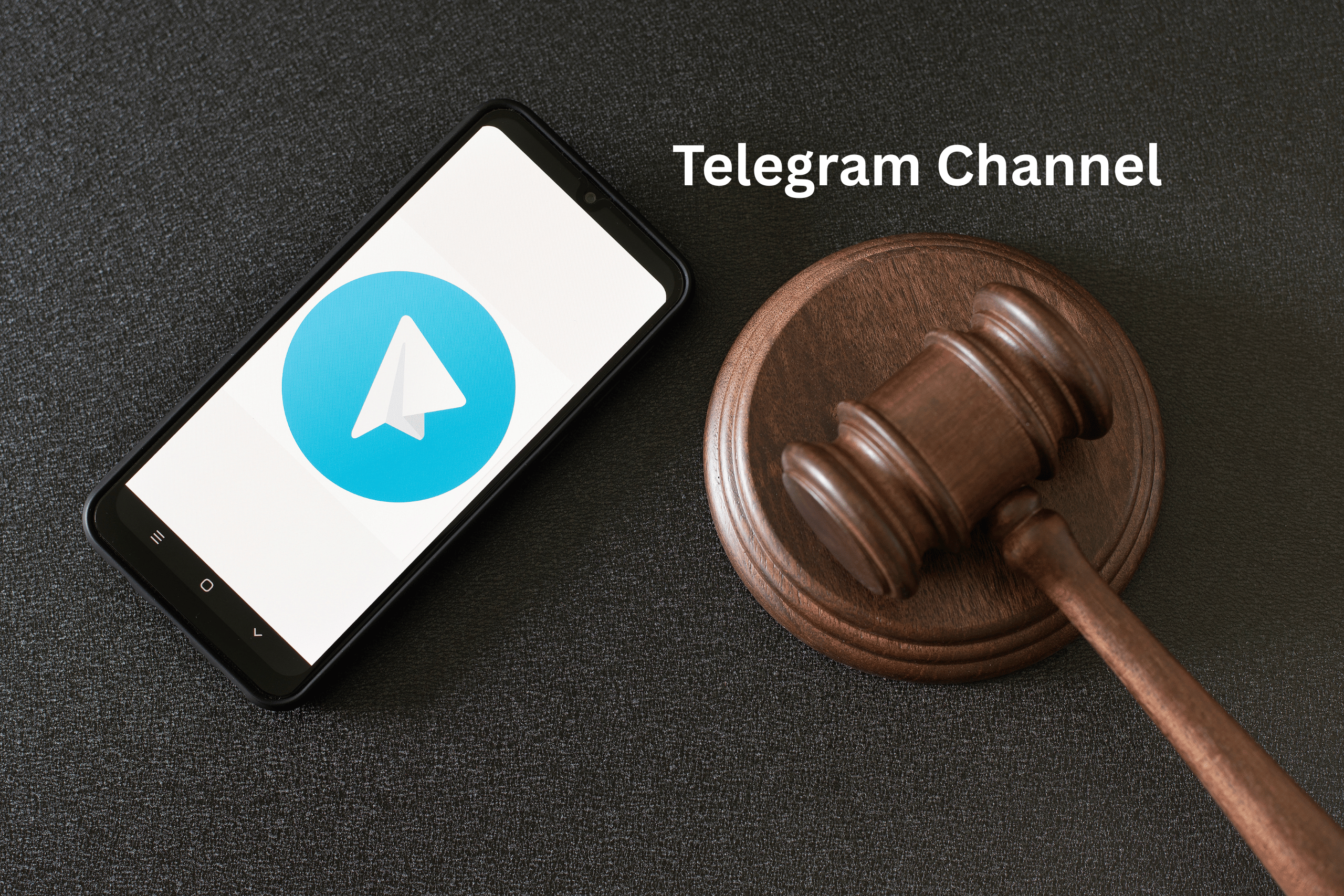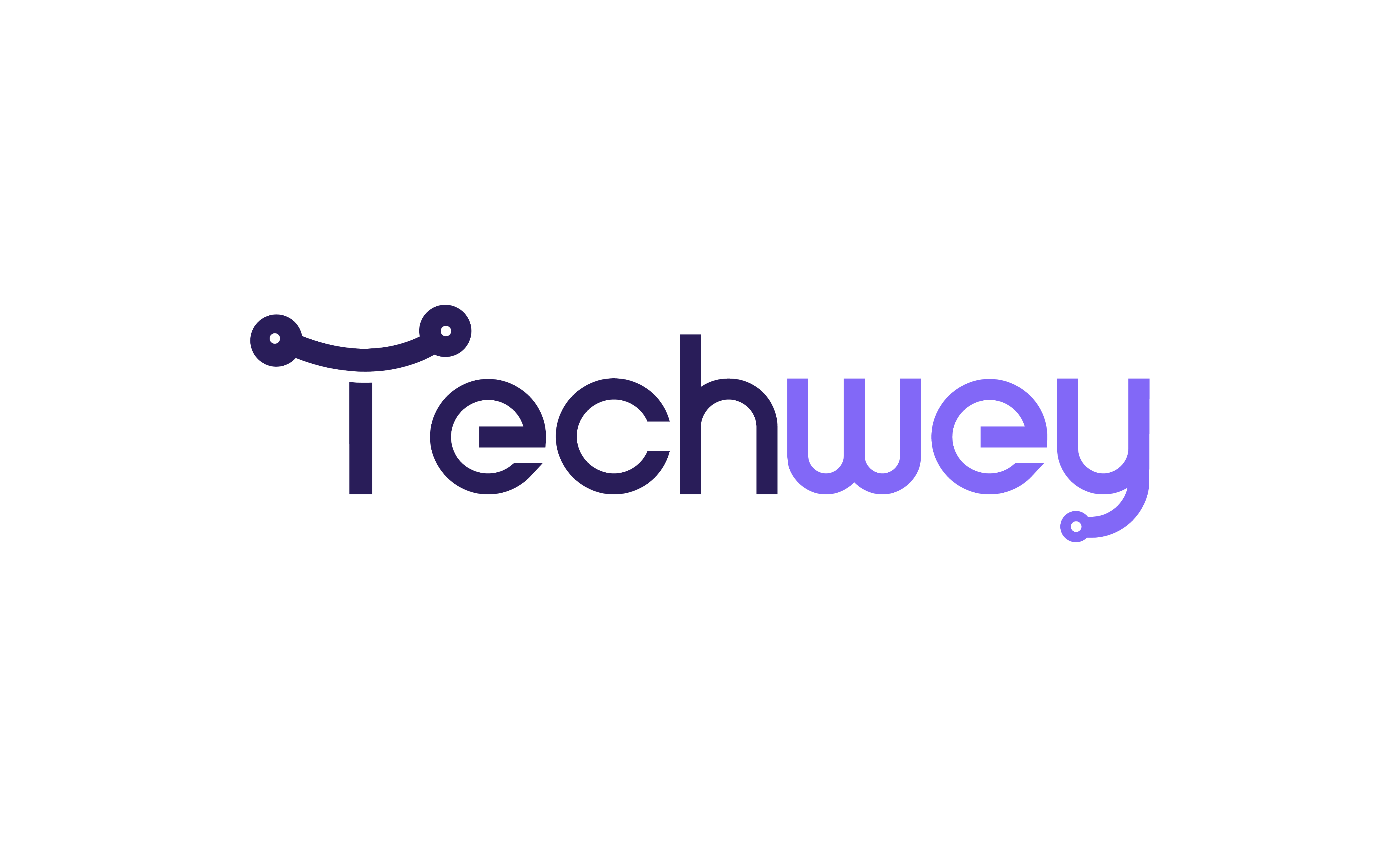
Using social media for your business requires strategic planning that aligns platform selection, content creation, and audience engagement with specific business objectives. Successful social media marketing goes beyond posting regularly to building meaningful relationships that drive measurable business results.
Choosing the Right Social Media Platforms for Your Business
Platform selection should align with your target audience demographics and business goals rather than attempting to maintain presence everywhere. LinkedIn excels for B2B companies targeting professionals, while Instagram and TikTok perform better for businesses reaching younger consumers with visual products or services. Understanding social media demographics helps inform these strategic decisions.
Research where your ideal customers spend their time online using demographic data and competitor analysis. A local restaurant might prioritize Instagram for food photography and Facebook for community engagement, while a software company might focus on LinkedIn for thought leadership and Twitter for customer support. Industry benchmarks and statistics provide valuable insights for platform performance across different business types.
Developing Your Social Media Content Strategy
Create content pillars that balance promotional material with value-driven posts that educate, entertain, or inspire your audience. The 80/20 rule suggests that 80% of content should provide value without direct selling, while 20% can promote your products or services directly.
Plan content calendars that align with business cycles, seasonal trends, and industry events relevant to your audience. This strategic approach ensures consistent messaging while allowing flexibility for timely content that capitalizes on trending topics or current events within your industry. Comprehensive content marketing strategy guides provide frameworks for sustainable content creation and planning.
Building Authentic Audience Engagement
Respond promptly to comments, messages, and mentions to build relationships that foster customer loyalty and brand advocacy. Authentic engagement requires listening to your audience’s needs and providing helpful responses rather than generic corporate messaging that feels impersonal.
Create interactive content like polls, Q&A sessions, and user-generated content campaigns that encourage participation while providing valuable insights about customer preferences. This two-way communication builds community around your brand while generating content ideas based on actual customer interests. Research on engagement optimization techniques shows that interactive content generates significantly higher engagement rates than static posts.
Measuring Social Media ROI and Business Impact
Track metrics that directly relate to business objectives rather than vanity metrics like follower counts that don’t necessarily translate to revenue. Monitor conversion rates from social media traffic, lead generation through social channels, and customer acquisition costs to understand true business impact.
Use platform analytics tools alongside Google Analytics to create comprehensive performance dashboards that show how social media contributes to overall business goals. This data-driven approach enables optimization of successful strategies while identifying underperforming content or platforms that need adjustment through detailed attribution reporting.
Leveraging Social Media for Customer Service
Transform social media channels into customer service touchpoints that provide quick resolution to common issues while demonstrating your commitment to customer satisfaction publicly. This approach turns potential negative experiences into opportunities to showcase excellent service to your broader audience.
Create dedicated customer service protocols for social media that ensure consistent, professional responses across all platforms. Quick, helpful responses to customer inquiries can improve brand reputation while reducing traditional customer service workload. Studies show that optimal response times directly impact customer satisfaction and retention rates across all digital channels.
Content Creation and Visual Branding Strategies
Develop consistent visual branding across all social platforms using cohesive color schemes, fonts, and imagery styles that reinforce brand recognition. Professional-quality visuals significantly impact engagement rates and help establish credibility in competitive markets. Research demonstrates that visual content strategies generate 650% higher engagement than text-only posts across all major platforms.
Repurpose content across multiple platforms while adapting format and messaging to each platform’s unique audience expectations and technical requirements. A single piece of content can become a blog post, Instagram carousel, LinkedIn article, and Twitter thread with platform-specific optimization. Effective content repurposing techniques can increase content ROI by up to 300% while significantly reducing production time and costs.
Paid Social Media Advertising Integration
Combine organic social media efforts with targeted paid advertising to amplify reach and drive specific business outcomes. Start with small budgets to test audience targeting and creative performance before scaling successful campaigns that demonstrate clear return on investment.
Use social media advertising for precise audience targeting based on demographics, interests, behaviors, and custom audiences created from your existing customer data. This targeted approach ensures marketing budgets reach the most qualified potential customers while maximizing conversion rates. Advanced targeting capabilities show that businesses using precise audience segmentation see 43% lower cost per acquisition compared to broad targeting approaches.
Crisis Management and Reputation Monitoring
Monitor brand mentions across social platforms to identify potential issues before they escalate into larger reputation problems. Proactive monitoring allows businesses to address concerns quickly while maintaining positive brand image through transparent, helpful communication. Professional social listening tools and monitoring platforms provide comprehensive brand tracking capabilities for businesses of all sizes.
Develop crisis communication protocols that outline response procedures for different types of negative feedback or public relations challenges. Understanding professional crisis management strategies helps businesses navigate difficult situations while preserving customer relationships and brand integrity through transparent, timely communication.
Automation and Efficiency Tools
Implement social media management tools that streamline content scheduling, monitoring, and analytics without sacrificing authentic engagement. Automation should handle repetitive tasks while preserving genuine human interaction for relationship building and customer service.
Balance efficiency with authenticity by using automation for content distribution and monitoring while maintaining personal responses to customer interactions. This hybrid approach maximizes productivity while preserving the human element that makes social media effective for business relationship building.
Successful social media marketing requires treating each platform as a unique communication channel while maintaining consistent brand messaging and values across all touchpoints with your audience.
Read more tech related articles here.






Leave a Reply